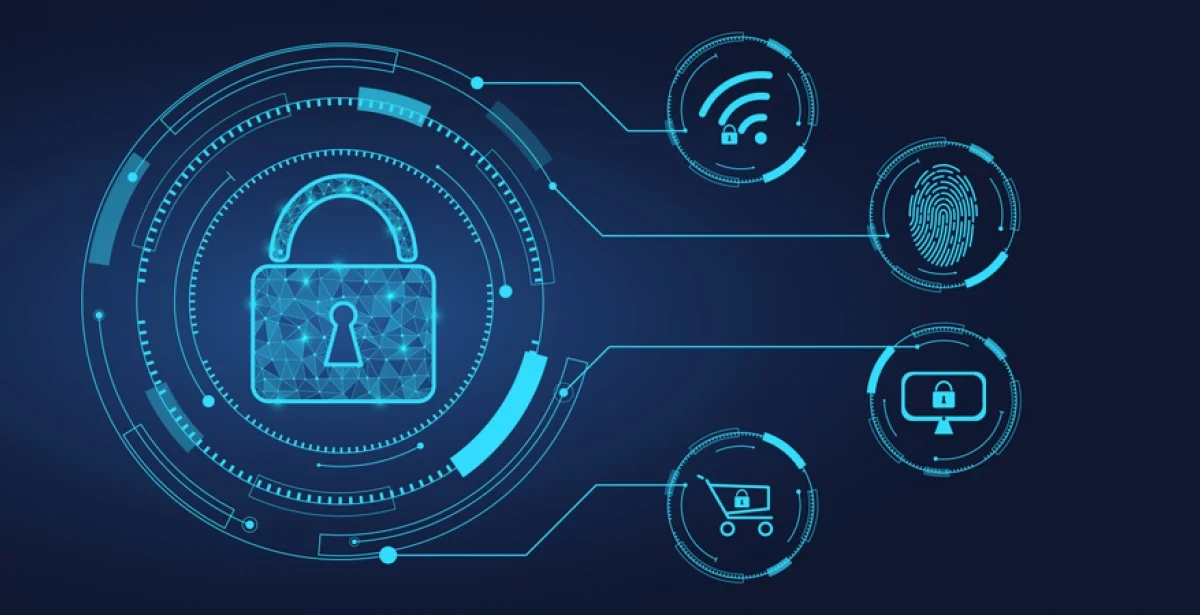In an increasingly connected world, our digital identity and data have become valuable assets that need robust protection. Cybersecurity is the practice of safeguarding our online presence and information from cyber threats, such as hacking, data breaches, and identity theft. With cyberattacks becoming more sophisticated, understanding the essentials of cybersecurity is crucial to ensuring the safety and privacy of our digital lives. This article explores the fundamental principles of cybersecurity and offers practical tips to protect your digital identity and data.

Understanding Cybersecurity
-
Digital Identity: Your digital identity is the collection of information that identifies you in the online world. It includes your name, email address, social media profiles, financial data, and more. Protecting your digital identity is essential to prevent identity theft and fraud.
-
Data Security: Data security involves protecting sensitive information, such as personal details, financial records, and confidential documents, from unauthorized access or theft. Data breaches can have severe consequences, including financial losses and reputational damage.
-
Threats and Vulnerabilities: Cyber threats come in various forms, including malware, ransomware, phishing, and social engineering attacks. Vulnerabilities in software and systems can make them susceptible to exploitation by cybercriminals.
Essential Cybersecurity Practices
-
Use Strong Passwords: Create strong, unique passwords for all your online accounts. Avoid using easily guessable information and consider using password managers to securely store and manage your passwords.
-
Enable Multi-Factor Authentication (MFA): MFA adds an extra layer of security by requiring multiple forms of verification to access your accounts. It typically involves a combination of passwords, biometrics, or one-time codes.
-
Keep Software Updated: Regularly update your operating system, applications, and antivirus software. Updates often include security patches that address known vulnerabilities.
-
Be Cautious with Emails and Links: Be wary of unsolicited emails, especially those with attachments or links. Verify the sender’s authenticity before clicking on any links or providing personal information.
-
Secure Wi-Fi Networks: Ensure your home Wi-Fi network is password-protected and uses strong encryption (WPA2 or WPA3). Avoid using public Wi-Fi for sensitive activities like online banking.
-
Backup Your Data: Regularly back up your important data to an external hard drive or secure cloud storage. This ensures you can recover your information in case of data loss or ransomware attacks.
-
Review App Permissions: Review the permissions granted to apps on your devices. Limit access to sensitive information and be cautious when granting permissions.
-
Be Mindful of Social Media: Be cautious about the information you share on social media. Avoid revealing personal details that cybercriminals could use to exploit you.
-
Educate Yourself and Others: Stay informed about the latest cybersecurity threats and best practices. Educate your family, friends, and colleagues about online safety to create a safer digital environment.
-
Secure Your Devices: Use passcodes or biometric authentication to secure your smartphones, tablets, and computers. Enable remote tracking and wiping capabilities to protect against device theft.

Conclusion